We may earn money or products from the companies mentioned in this post. This means if you click on the link and purchase the item, I will receive a small commission at no extra cost to you ... you're just helping re-supply our family's travel fund.
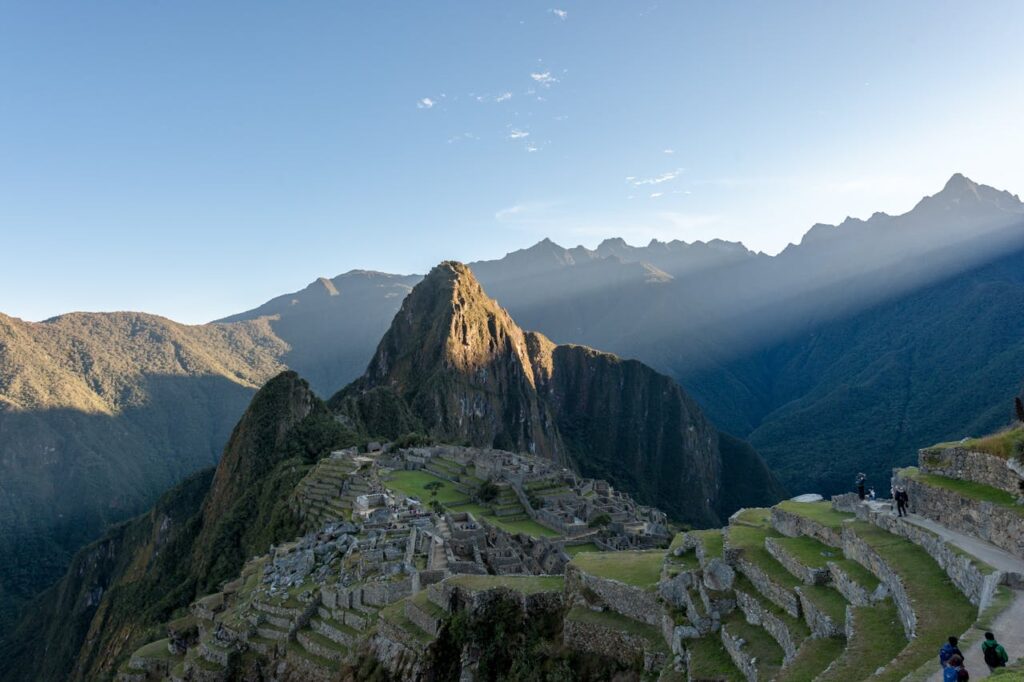
You read about empires in textbooks, then you stand under their stonework and feel the math in your bones. Across the Americas, builders carved mountains, redirected rivers, and mapped the sky with walls and windows. These projects were practical, spiritual, and precise. Walk them with curiosity and respect. What this really means is you travel through living science labs where logistics, astronomy, and community planning still hold. Let’s break it down, one masterpiece at a time.
1. Hohokam, Arizona: Desert Canals And A Solar House
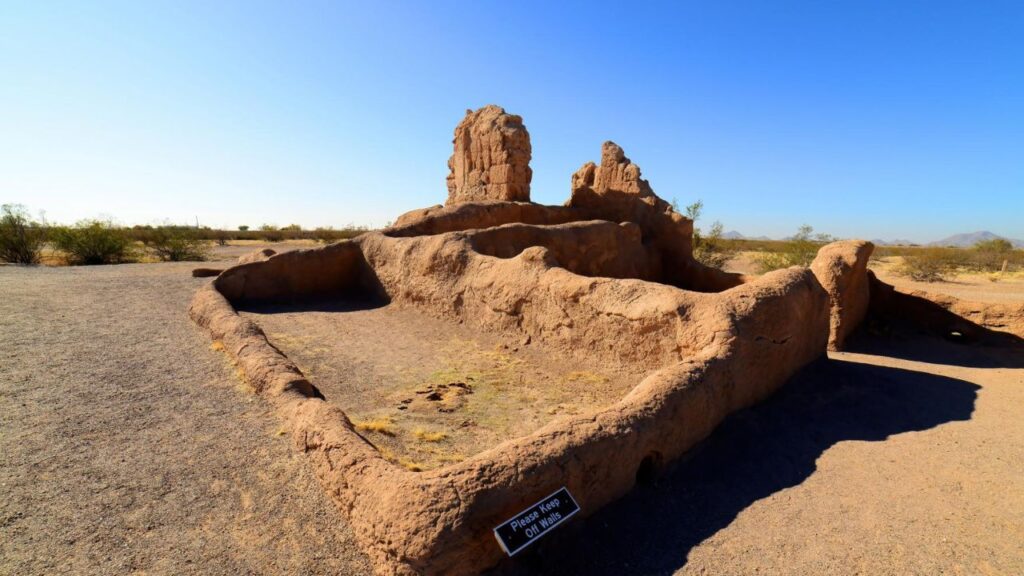
Stand beneath the Great House at Casa Grande and you face a building aligned to solstices and equinoxes, cut from 3,000 tons of caliche. Then picture the reach beyond it. The Hohokam engineered more than 500 miles of irrigation canals across the Salt and Gila valleys, some 30 feet wide and 15 feet deep, with headgates that rationed water to fields. The desert became farmland, and the alignments kept time. You are looking at an observatory, a calendar, and a water company in one place.
2. Inca, Andes: Roads On The Spine Of A Continent
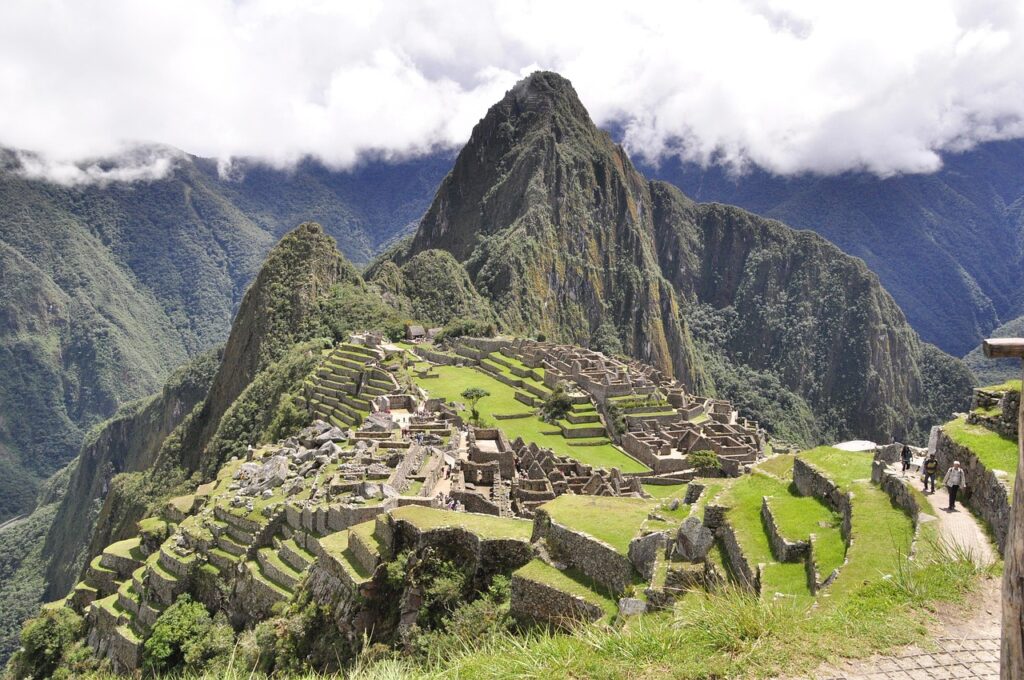
The Qhapaq Ñan linked Colombia to Chile across high passes and cliff edges, more than 20,000 miles of stone steps, retaining walls, and suspension bridges. It was not just a highway. It was a state tool that moved runners, armies, and quinoa with a speed that still surprises. At Machu Picchu, water channels notch neatly through terraces so storms do not ruin soil. Hike a segment and you feel the design philosophy. Build for vertical land, stabilize it, then make walking the easiest part.
3. Maya, Yucatán And Petén: Cities That Managed Water Like Gold
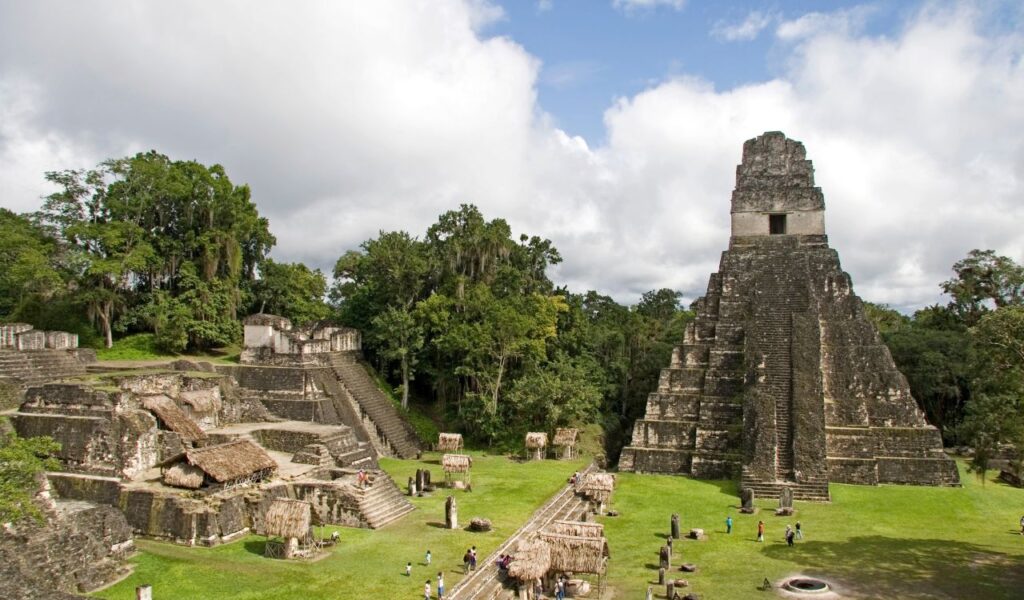
In places where rivers fade into limestone, the Maya banked rain. They dug reservoirs lined with clay, carved causeways that shed runoff, and built filters with sand and charcoal. At Tikal and Calakmul, plazas tilt just enough to feed cisterns below. At Chichén Itzá, the Castillo’s angles call the light into a serpent at equinox, a message you can read without words. The architecture holds myth and engineering together, so droughts are buffered and ceremonies are timed to the sky.
4. Mexica, Central Mexico: A Floating Capital On Anchored Islands
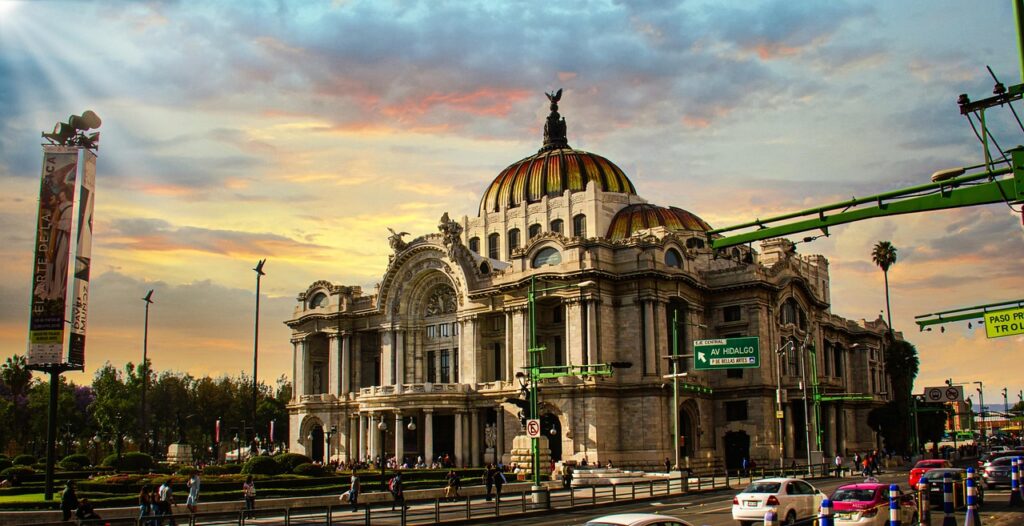
Tenochtitlan rose from lake water on chinampas, the famous farm islands laced with canals and staked with willow roots. Dikes separated fresh and brackish zones, aqueducts moved clean water in, and causeways linked markets to the mainland. The layout controlled traffic, irrigation, and defense in one move. You can trace that logic in modern Mexico City blocks that mirror old canal lines. When you picture a city, think buoyant foundations, planned embankments, and crops that ride the seasons without moving.
5. Ancestral Pueblo, Four Corners: Stone Lines Pointing To Time

Chaco Canyon looks remote, yet the geometry is bold. Great Houses like Pueblo Bonito rise four stories around kiva courts, with roads shooting straight across mesas toward distant landmarks. Alignments catch lunar standstills that cycle every 18.6 years. Masonry is fine grained, timber is hauled from far hills, and the layout choreographs ceremony and storage. Walk the great kivas at sunrise and the light feels intentional. The canyon is both a warehouse and an almanac built in sandstone.
6. Teotihuacan, Central Mexico: A City Measured In Celestial Units
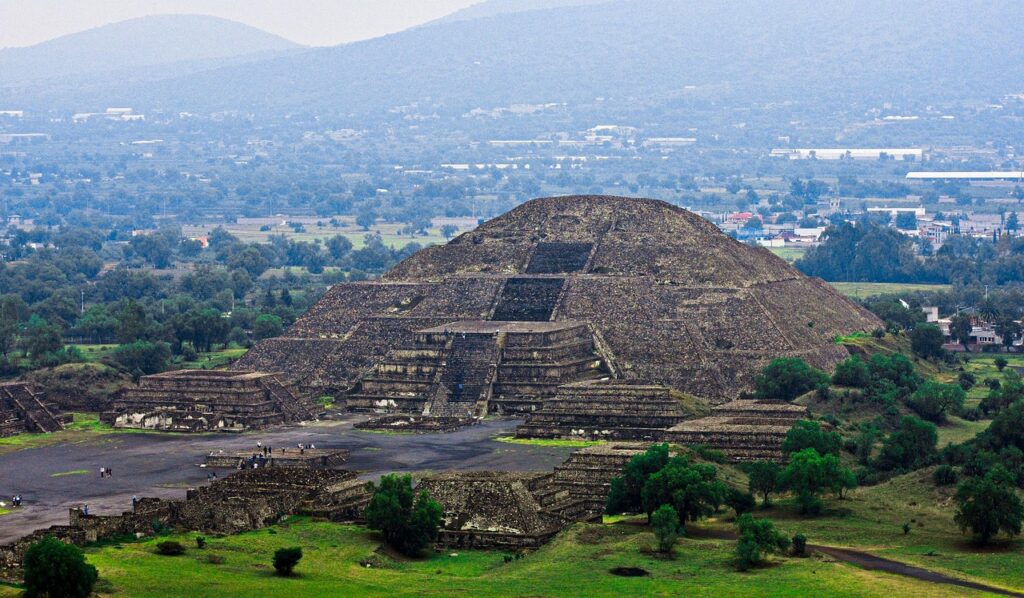
Before the Aztec, Teotihuacan set a grid that nudges off true north to sync with solar events. The Avenue of the Dead frames the Pyramid of the Sun and the Pyramid of the Moon, while underground tunnels moved water and, some think, ritual flow. Apartments packed families close to workshops, so obsidian and pottery scaled fast. The city planned resources, traffic, and belief into one system. You sense it in the way plazas breathe, then pull you toward a precise horizon.
7. Tiwanaku, Altiplano: Stone That Locks Like A Gear
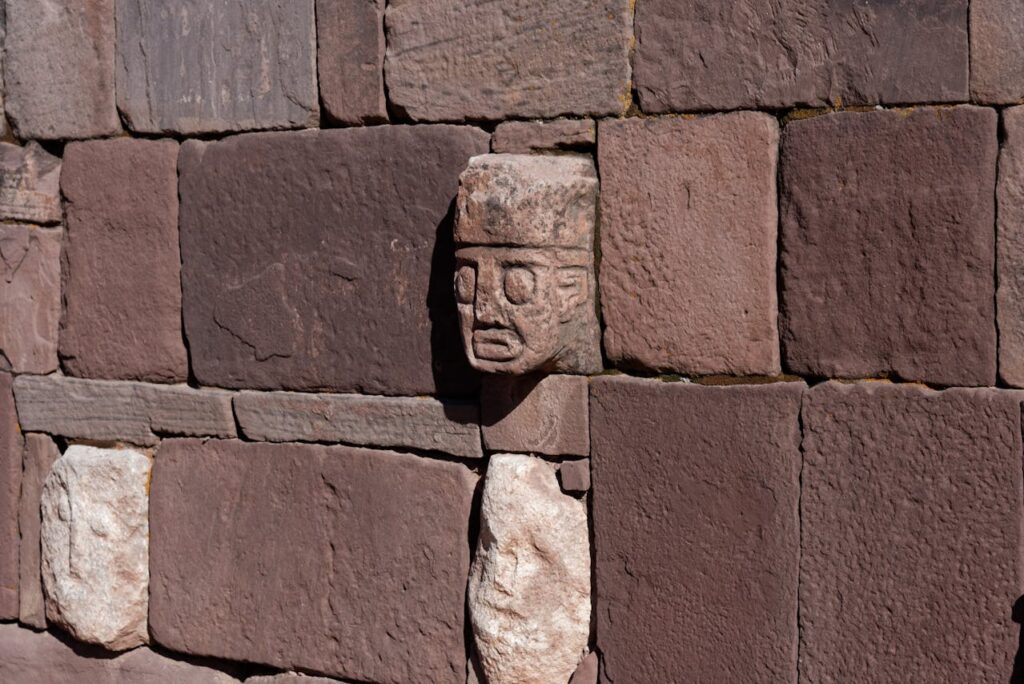
At 12,500 feet, Tiwanaku cut and dressed andesite with joints that key into each other like machine parts. The Akapana platform channels rainwater in deliberate cascades, a ceremonial hill that doubles as hydraulic theater. Stones bear clamps where bronze ties once sat, proof of metalwork married to masonry. The site’s alignments mark solar stations across a flat sky, turning sunrise into a calendar. You stand in cold air and see a culture that prized tolerance, drainage, and tight fits.
8. Nazca, South Coast Peru: Wind Wells And Lines You Read From Above
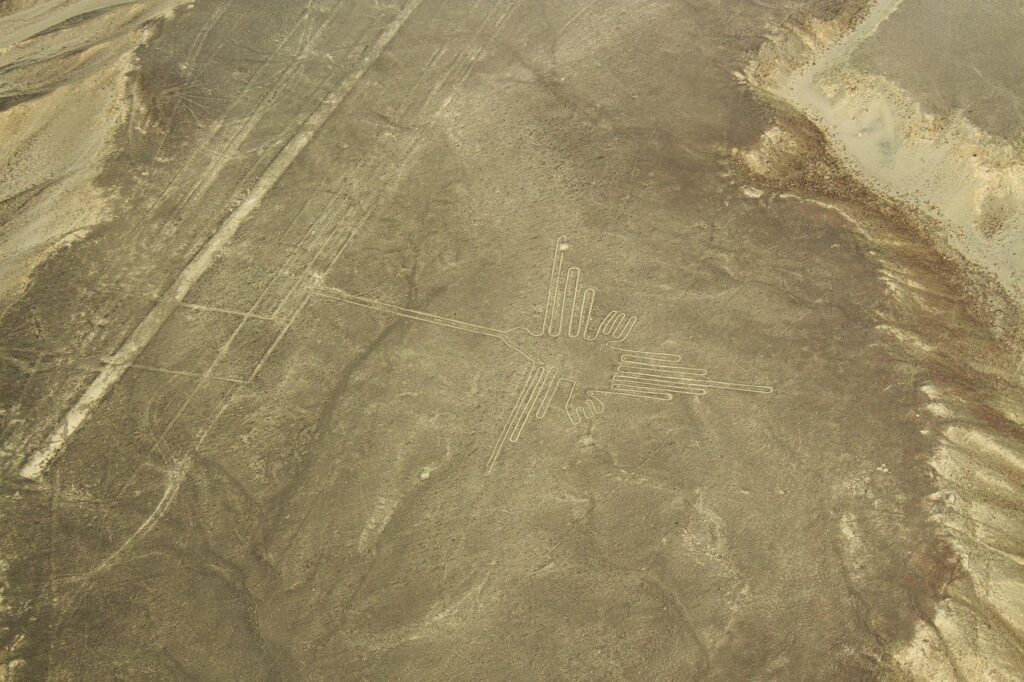
Beyond the famous geoglyphs, the Nazca built puquios, spiral wind wells that drive air into underground channels. That airflow moves water uphill to fields, a simple physics hack that keeps crops alive in a dry basin. The lines on the desert floor, drawn by clearing surface stones, may align to water and ritual routes as much as stars. Either way, you are looking at landscape design on a grand scale, where air, soil, and symbol are managed as one system.
9. Mississippian, Cahokia: Earth As Architecture
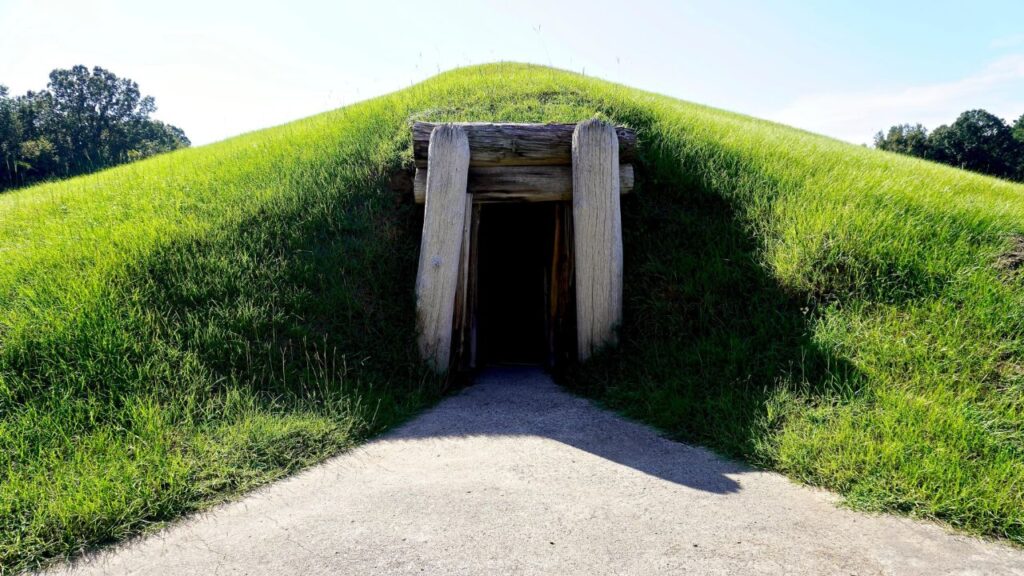
Cahokia’s Monks Mound stacks 22 million cubic feet of earth into terraces with ramps and plazas set for gatherings. Nearby woodhenges, circles of posts, track solstices with shadows that slide like clock hands. The city planned neighborhoods, markets, and ritual grounds along a grid that organized both labor and belief. Walk out from the main mound and you move through zones that feel like districts. The engineering hides in dirt and timber, yet the city plan reads as clearly as stone.
10. Chimú, Northern Peru: Walls That Catch Wind And Light
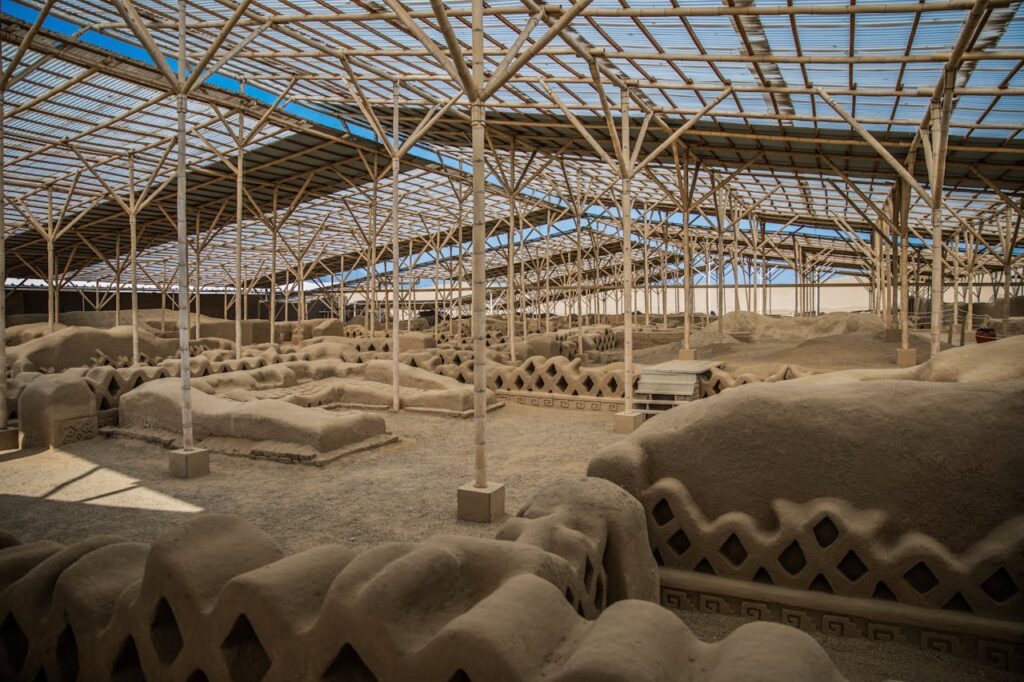
Chan Chan spreads across the coastal plain as a maze of adobe palaces with high relief walls that block sun and funnel breeze. Reservoirs store sweet water in a dry climate, fed by canals that ride slight grades for miles. The city partitions spaces for storage, craft, and ceremony so goods and people move cleanly. Touch the adobe and you feel both sand and salt in it. The material is local. The thinking is large scale, cool air, and careful shade.